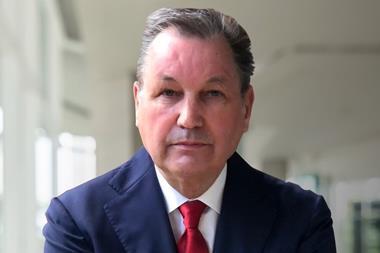Yazaki’s proactive, risk-averse approach to the crisis a success, says Bo Andersson
By Marcus Williams2020-09-21T12:29:00
Yazaki is taking a more strategic and coordinated approach to the automotive supply chain as it continues to stabilise production in the wake of the coronavirus crisis. Bo Andersson, Yazaki’s president of Europe and CEO and president of North America, says the company is looking for opportunities to consolidate and improve logistics planning and control, including through the use of third party logistics (3PL) providers, greater localisation, communication and inventory planning
Yazaki is taking a more strategic and coordinated approach to the automotive supply chain as it continues to stabilise production in the wake of the coronavirus crisis. Bo Andersson, Yazaki’s president of Europe and CEO and president of North America, told delegates at last week’s Automotive and Logistics and Supply Chain Live conference, the company is looking for opportunities to consolidate and improve logistics planning and control, including through the use of third party logistics (3PL) providers, greater localisation, communication and inventory planning.
Moreover, as Bo Andersson, Yazaki’s president of Europe and CEO and president of North America, told delegates at last week’s Automotive Logistics and Supply Chain Live conference, the company is looking for opportunities to consolidate and improve logistics planning and control, including through the use of third party logistics (3PL) providers, greater localisation, communication and inventory planning.


























![Global[1]](https://d3n5uof8vony13.cloudfront.net/Pictures/web/a/d/s/global1_726550.svgz)














